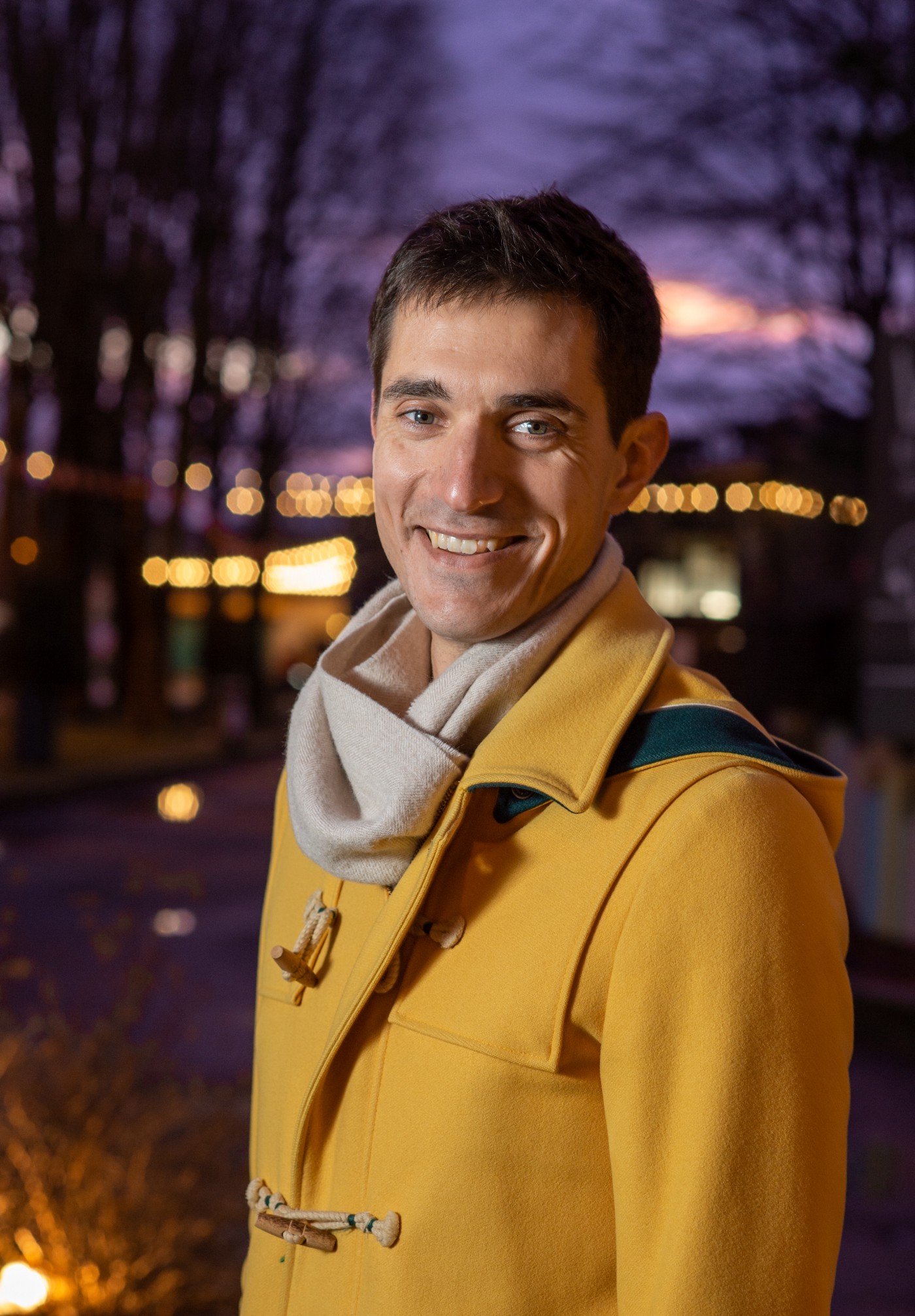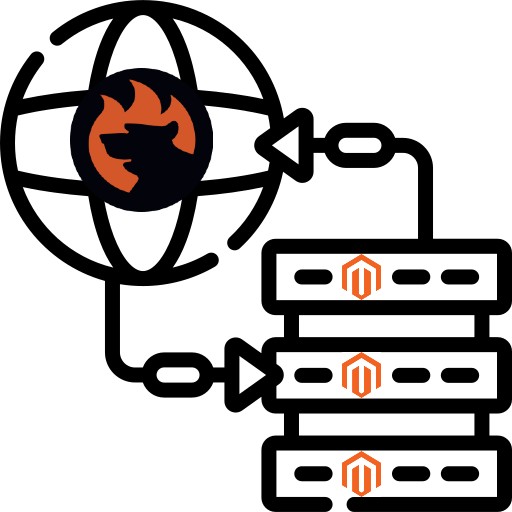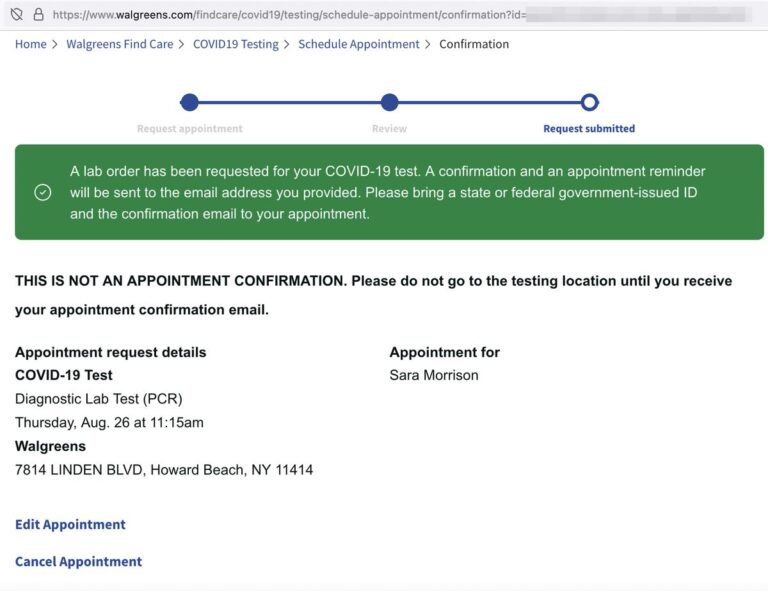
Lindsay Roberts has been with Starship from the start — he is the ninth employee of the company. “It was me, my friend Andy, and the Estonian engineers. The first six months were so quiet: the average number of words spoken per day was about seven.”
Lindsay is from Sydney, Australia and has lived in Estonia for the past 10 years. Tallinn is his home, and he says working with Starship is like living his dream: “As an engineer, working on robots is an outrageously unrealistic dream come true. I’d always wanted to work for a company with an actual mission, and I feel like, in Starship, putting robots on the streets, we’re bringing the future closer.”
Lindsay is currently working as the Head of Autonomous Driving at Starship. He was among the first of those who built the world’s leading provider of autonomous delivery services and has seen the company grow out of a tiny, one-room office, and from 10 to over 500 employees.

You were one of the first Starship employees, how did your paths cross?
My journey in Estonia started when I moved over for Skype in 2011. At the time I needed a change of pretty much everything, an adventure. One of the jobs that popped up was at Skype in Stockholm, but during the interview process they asked if I’d consider moving to Estonia instead. I had to Wikipedia it. I was with my roommates at the time, and from YouTube we got the clear impression that Estonians are off kiiking (an extreme sport) all the time, and the first thing those roommates asked me over the years was whether I had “kiiked” yet, how many times a day did I kiik?
Though, initially, I thought I’d be here for a year or two, somehow without my planning or knowledge, Tallinn had snuck in and become my home. In 2014, I decided to leave Skype and went for a break in Australia. On that break I had a goal to take some time and think deeply about what I really wanted to do in life. On the second day I got a call from a friend who asked if I’d like to talk with Ahti about a robotics job in the stealth startup now known as Starship. As soon as he mentioned robots, I dropped all notion of soul searching like a lead brick.
What was your very first impression of Starship?
A bit strange. Skype had hundreds of people from all over the world and constant social activity. Starship’s first office was five people crammed into one tiny room in Tehnopol. It was a big thing when I joined to spread out to two adjoining, slightly less tiny rooms.
The first six months were so quiet: the average number of words spoken a day was about seven. It was me, Andy and around five Estonian engineers in the office. We just worked. We had nothing, which meant we needed everything desperately, so we sat there in silence, and we wrote software, and the mechanical engineers designed bits of robot, and we tested it outside in the cold and the wet.
Although I was used to working with (and being) an introvert as a software engineer, the biggest difference I noticed was that Estonians don’t seem to brag, and that can actually be a problem in big international organisations. In Microsoft, many shouted their work from the rooftops while Estonians quietly achieved greatness. Without looking deeply into output, management could get the impression that the loudest were doing the most. In general, I feel Estonians are really dedicated and motivated, and extremely honest. That when you see emotion or warmth it’s almost certainly something they really feel and think. Not, for example, a product of social expectation. And knowing that the way that people act is honest, that you don’t need to filter, that’s actually deeply relaxing.
What was the most difficult part for you when moving to Estonia?
Not much really, it was a crazily easy place to live. The hardest part was the extreme cold of that first winter, but that became a lot easier when I stopped caring about fashion. Thought I’d be able to wear jeans and a stylish jacket but when I started wearing a nice thick pair of boots and arctic survival gear things went a lot smoother. Those -30° days were still extreme, but in a way that made you feel alive instead of on the edge of death.
In Starship you have had many different roles: you started as head of localisation, then worked as the lead of a fleet team and currently you’re working as head of autonomous driving, now. What has been the most difficult part so far?
Honestly that first year. I started working on (robot) localisation with a colleague, and for quite a while it didn’t really work. We had something that produced a result, but not reliably. It took months and months of working on it and, for most of that time, without any clear signs of progress, any signs we were even aiming in the right direction. By the time we did get it working, frustration was at a not insignificant level.
At some point, the company got big enough and I became the lead of the localisation team, fantastic people, really great years. Then, I moved over to lead the Fleet Orchestration team, and that’s because, every now and then, it seems Ahti [Heinla] comes to my desk and asks if I’d be interested in trying this other role. And though these roles are always a stretch, I tend to say yes more than no, and each change has been challenging, new, and fun.
What’s the main aspect that attracts you at Starship?
So, there is the amazing mission, doing deliveries with robots on the streets, the crazy sci-fi dream of it. And really, to actually change something, to just possibly significantly affect the world. But, above that, working at Starship has been a wildly enlightening learning experience. Every time I think that I have learnt a bit about how to be impactful, effective, and pragmatic, Starship has had more to teach me. And the culture is a huge part of that: it is the most pragmatic, low BS place I have ever worked.
Engineers are, more than any other place I have been, empowered and expected to figure out what they should work on. To investigate, to go through data, to reason and to prioritise. We encourage independence, critical thinking and autonomy, I’d say it’s even a requirement. Working in Starship has made me realise that if you hire such intelligent people you should let them use all of that intellect. When you actually get five team members not just to execute, but to think critically about what they’re doing, to decide what to work on, you are essentially employing five times the intellect. That means not just asking for input, but spreading responsibility for decision making, for prioritisation, so that people really practice, they learn, they get into the habit.
It’s also made me realise the best people are the ones who you can leave alone for long periods, and they’ll not just continue to do impactful work, but also positively surprise you.
Regarding your own achievements, what are you the proudest of?
I’ve written a huge amount of software over the years, some even still in use. But above that, I’d say that if I have inspired or helped anyone here to grow, that’s what I’d be most proud of.
What will the future bring?
Starship is impacting lots of people around the world, but as much as we’ve accomplished there is still a lot to do. We have to improve everything, we have to make a better app, make the robot behave in a more human way, capable of autonomously handling in more extreme situations, and say more wonderful things, the list is excitingly huge and hugely exciting. And of course, we have to expand and bring our robots to more and more places.
In the end, I’d like to say that the world is changing so fast, and in many ways it is. But this crazy, unlikely journey to get robots doing deliveries on the streets, to automate the local transport of matter in the same way the internet does for information, that is a space in which real change is possible. In this, a single person at Starship can make this amazing amount of change to the world. To bring the future just a little bit closer.
Would you like to join the extraordinary journey? Great, we’re always on the lookout for unusually talented people. Find your next career here.”






